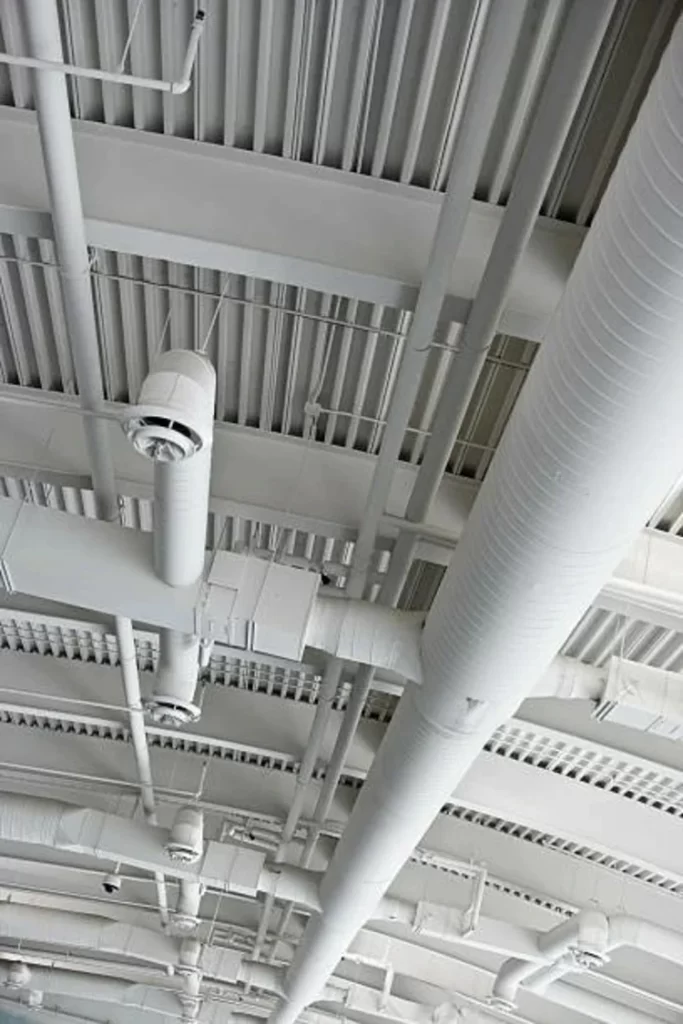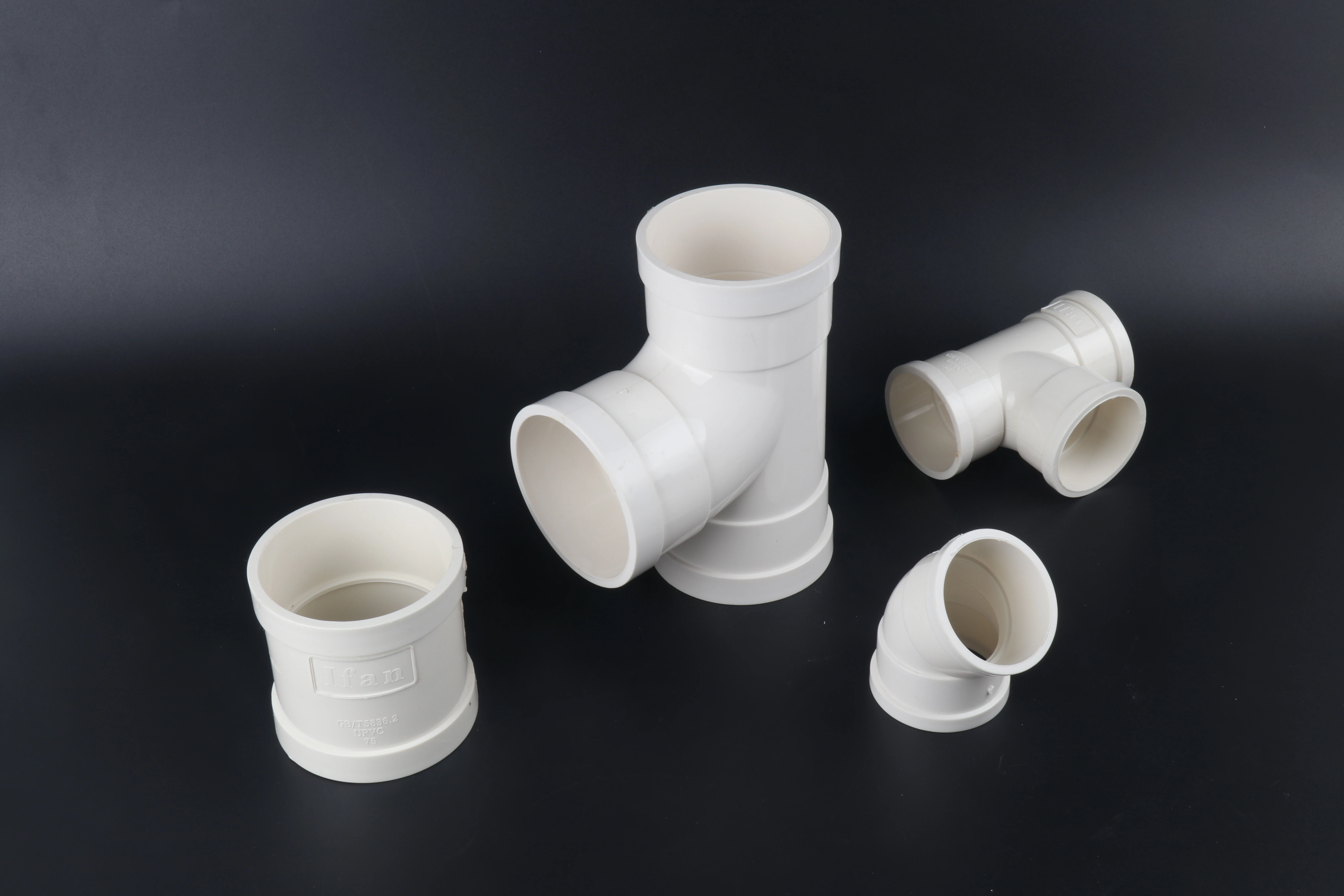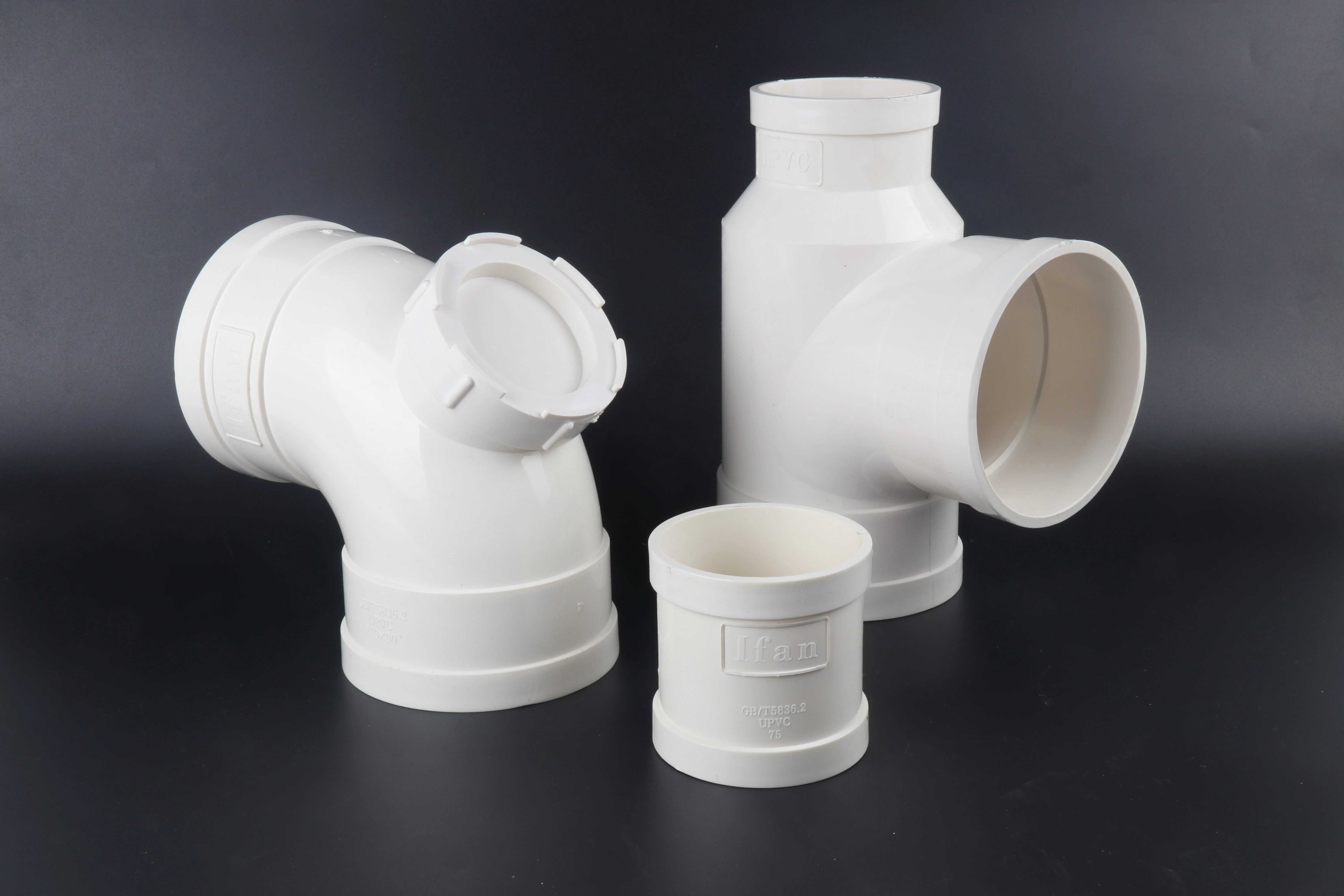Preparing for Installation
Before beginning the installation process of PVC plumbing systems, it’s essential to gather all the necessary tools and materials required for the task.
Equipment and Materials
Ensure you have the following equipment and materials on hand:
- PVC pipes of appropriate diameter and length
- PVC fittings such as couplings, elbows, tees, and adapters
- PVC primer and cement for bonding joints
- Measuring tape and marker for precise measurements
- Hacksaw or PVC pipe cutter for cutting pipes to size
- Deburring tool or sandpaper for smoothing pipe edges
- Clean rags for wiping surfaces
- Safety gear including gloves and eye protection
Step-by-Step Installation Process
Follow these steps for a successful installation of PVC plumbing systems:
Planning and Layout
Plan the Layout:
Determine the routing of the plumbing system, considering factors such as pipe length, slope, and accessibility.
Mark the Pipe Path:
Use a marker to outline the path where the PVC pipes will be installed, ensuring accuracy and efficiency during installation.
Cutting and Fitting
Measure and Cut:
Measure the required length of PVC pipes using a measuring tape and mark the cutting points. Use a hacksaw or PVC pipe cutter to make clean, straight cuts at the marked locations.
Prepare Fittings:
Dry-fit PVC fittings onto the pipes to ensure proper alignment and fit. Make any necessary adjustments before proceeding to the next step.
Assembly and Connection
Prime the Surfaces:
Apply PVC primer to the outside of the pipe and the inside of the fitting socket. Allow the primer to dry for a few seconds before proceeding.
Apply Cement:
Apply PVC cement evenly to the primed surfaces, covering the entire area where the pipe and fitting will make contact.
Join Pipes and Fittings:
Quickly insert the pipe into the fitting socket and give it a quarter turn to ensure a secure bond. Hold the joint in place for a few seconds to allow the cement to set.
Repeat the Process:
Continue assembling pipes and fittings in the planned sequence, following the layout marked earlier.
Testing and Inspection
Pressure Test:
Once the installation is complete, conduct a pressure test to check for leaks or weak joints. Pressurize the system with air or water and inspect each connection for signs of leakage.
Inspect the Installation:
Visually inspect the entire plumbing system for proper alignment, support, and adherence to local building codes and regulations.
Conclusion
Mastering the installation of PVC plumbing systems requires careful planning, precise execution, and adherence to best practices. By following the step-by-step process outlined above and utilizing the appropriate tools and materials, you can ensure a successful and reliable installation of PVC pipes for various plumbing applications. Whether it’s a residential, commercial, or industrial project, proper installation techniques are crucial for achieving optimal performance and longevity of PVC plumbing systems.
IFAN is a Chinese manufacturer of plastic pipes, fittings and valves with 30 years of experience. If you are interested in IFAN copper fittings, copper valves, plastic pipes and fittings, please contact us. IFAN offers you a variety of standard pipes to meet your specific needs. Click below to learn more about IFAN’s wide range of affordable and cost-effective valve products and piping system related products.
We will reply your email or fax within 24 hours.
You can call us at any time if there is any question on our production.
For more information,pls visit our webside https://ifanpro.com/
Pls Mailto: [email protected]
Whatsapp: + 86 19857948982














Recent Comments